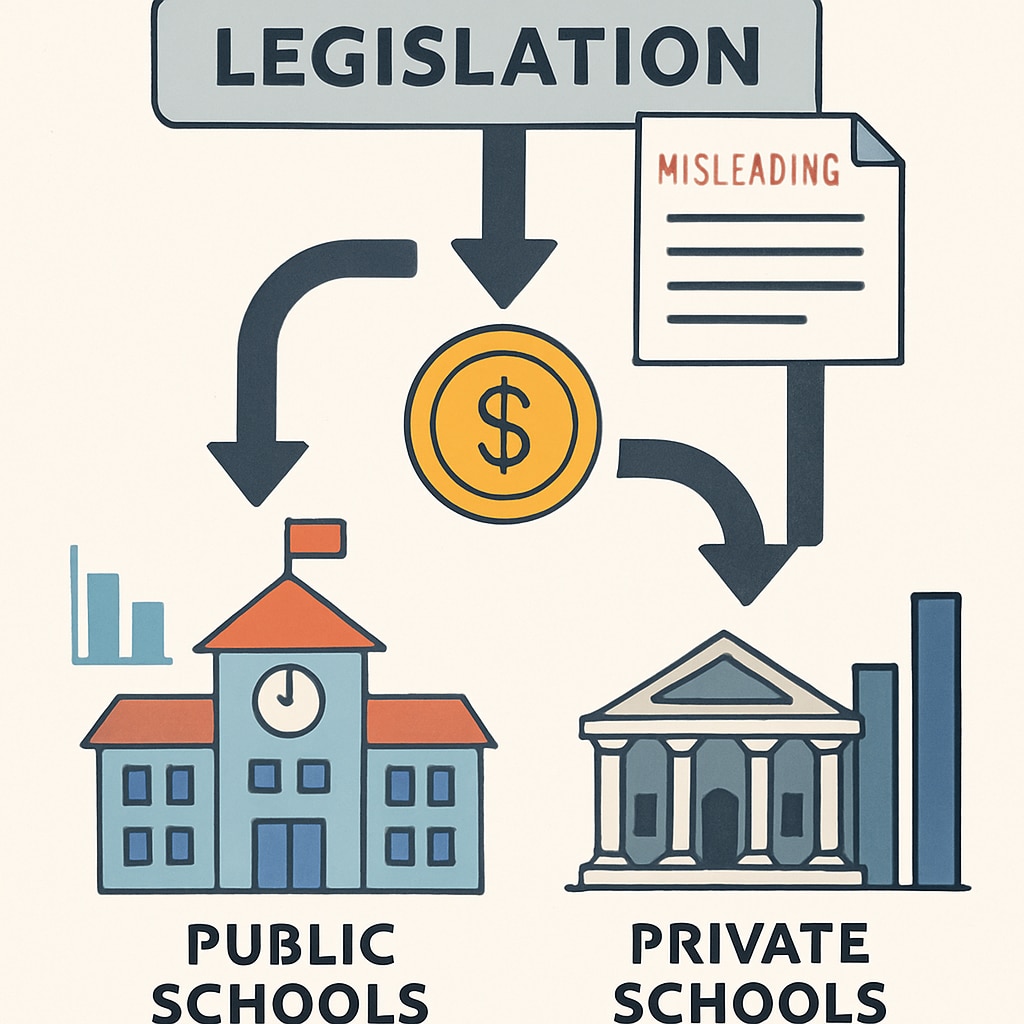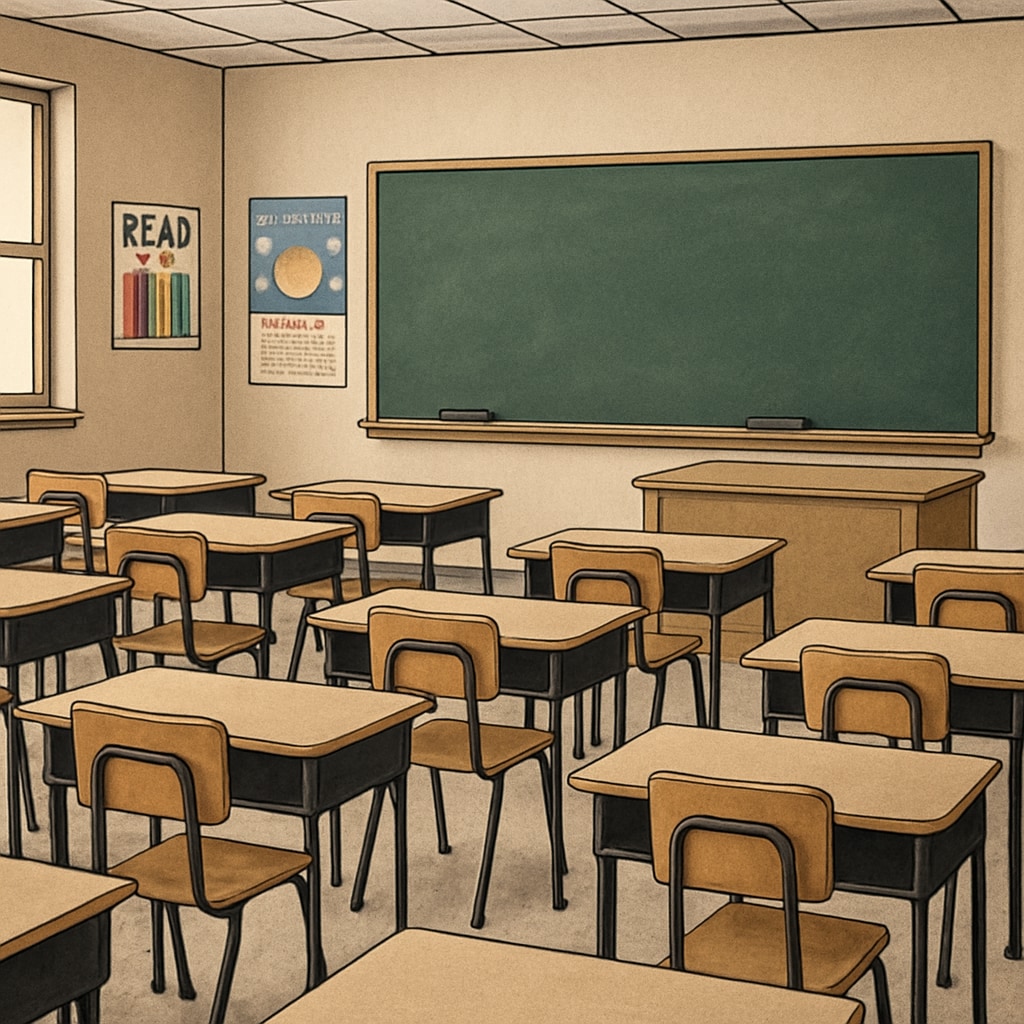In recent years, misleading legislation has quietly shifted education funds away from public schools to private institutions. Organizations like Stand For Children, which present themselves as advocates for education reform, have played pivotal roles in this covert operation. While their initiatives may appear to increase educational investment, the reality is far more insidious. These policies systematically weaken the public education system, resulting in school closures and widespread teacher layoffs.
How Public Education Funds Are Being Diverted
Stand For Children has gained significant influence in local and state legislatures, pushing for policies that ostensibly aim to improve educational outcomes. However, the fine print in these legislative actions often tells a different story. For example, funds earmarked for public schools are being redirected to private charter schools or voucher programs under the guise of “choice” and “innovation.”
One such tactic involves lobbying for school funding formulas to be revised. While this may sound beneficial, the reality is that these changes often result in less money for traditional public schools. Instead, the funds are funneled into private institutions, many of which operate with minimal oversight. This diversion of resources not only exacerbates existing inequalities but also undermines the ability of public schools to serve their communities effectively.

The Impact on Teachers and Public Schools
The consequences of these policies are dire. Public schools, already struggling with underfunding, face the added burden of losing critical resources. This often leads to teacher layoffs, larger class sizes, and reduced access to essential services like counseling and special education programs. In some cases, schools have been forced to close entirely, leaving communities without local educational institutions.
According to a Britannica article on public schools, the role of these institutions is to provide equitable education to all students. However, the privatization agenda undermines this principle, prioritizing profit over public good. For example, private charter schools can selectively admit students, leaving public schools to serve higher numbers of disadvantaged children with fewer resources.

Misleading Legislation: The Role of Stand For Children
Stand For Children has been particularly adept at framing its initiatives as beneficial for students and parents. Their lobbying efforts often emphasize buzzwords like “accountability” and “choice,” which resonate with policymakers and the public. However, these terms often mask the true intention of the legislation: to divert public funds into private hands.
For example, the organization has supported voucher programs that allow parents to use public funds for private school tuition. While this may appear to empower families, it ultimately drains resources from public schools, which serve the majority of students. Additionally, these programs lack accountability measures, making it difficult to assess their effectiveness.
External analyses, such as those found on Wikipedia’s page on school vouchers, highlight the mixed outcomes of such programs. Critics argue that they exacerbate inequality, as low-income families often cannot afford to cover the remaining tuition costs at private schools, even with vouchers.
What Can Be Done to Protect Public Education?
To counter these harmful policies, communities must advocate for greater transparency in how education funds are allocated. Policymakers should be held accountable for ensuring that public schools receive adequate funding to meet the needs of all students. Additionally, there should be stricter oversight of private institutions that receive public money, ensuring they adhere to the same standards as public schools.
Grassroots efforts can also play a crucial role. Parents, teachers, and concerned citizens can organize to demand equitable funding and resist the privatization agenda. By raising awareness of the tactics employed by organizations like Stand For Children, communities can push back against policies that harm public education.
In conclusion, the diversion of education funds to private institutions under the guise of reform represents a significant threat to public schools. Organizations like Stand For Children have exploited legislative loopholes to advance this agenda, leaving the public education system in a precarious state. It is imperative that we recognize these actions for what they are and take collective steps to protect the future of public education.


